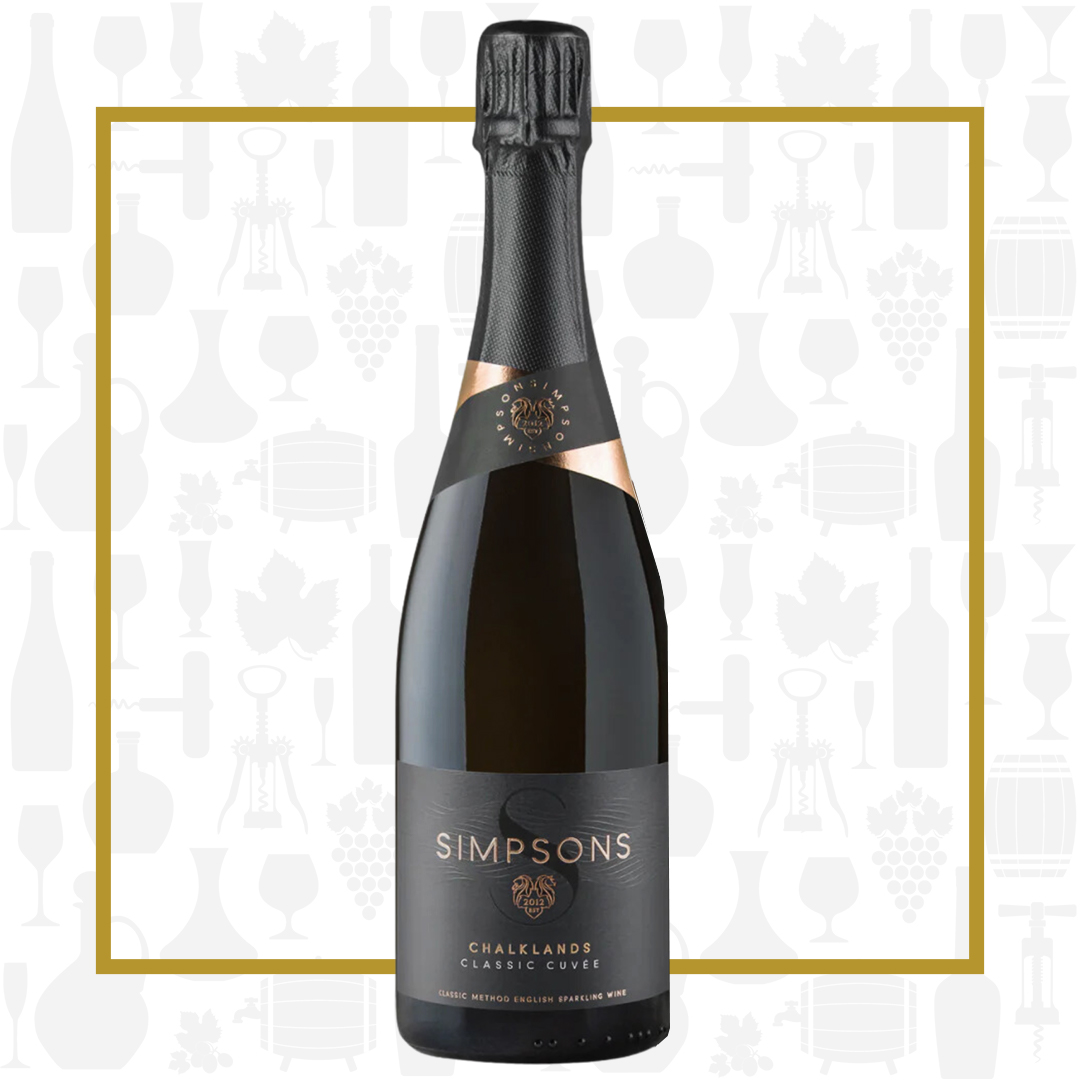Cellar Profile
Owned and operated by Ruth and Charles Simpson, this English wine estate was established in 2012 and officially opened its doors in 2016. Ruth and Charles have a long and successful history in the wine industry. For 17 years, their Languedoc estate, Domaine Sainte Rose, has crafted award-winning wines from that region’s warm, sunny climes. Their British roots brought them back to the southern slopes of England to fulfill the enormous potential of the region for making elegant, cool-climate wines, both still and sparkling. Their two vineyards are located in a designated Area of Outstanding Natural Beauty, overlooking the gently undulating English countryside. This one of the sunniest corners of Great Britain. The region’s lime-rich, chalky soils and moderate climate are similar to that of Champagne and Burgundy, making grape selection an easy choice; Chardonnay, Pinot Noir and Pinot Meunier dominate plantings. The long, cool ripening period here means that the best wines exhibit pure varietal flavours along with elegant acidity and a complex character. These vineyards are planted almost exclusively on south-facing slopes, ensuring that grapes reach full phenolic and sugar ripeness each year and are protected from the area’s fierce winds and spring frost.
Region
Elham Valley is an unspoiled seam in the North Downs of the County of Kent, where the contours of the land, the climate and the soil could scarcely be improved upon for viticulture. The intensely lime-rich chalk soil forms part of the same chalk ridge that stretches from southern England to the French Champagne region and on to Burgundy. The English climate may be marginal for viticulture but its relative austerity—where expertly handled—and long, cool ripening period is ideally suited to creating still and sparkling wines with pure variety flavours, elegant acidity and subtly sophisticated aromas.
Vineyard
Simpsons Wine Estate is located in one of the sunniest corners of the British Isles. Proprietors Charles and Ruth have further safeguarded their vines against extremes in climate by selecting sloping vineyards that face almost due south, ensuring heat accumulation in the day and excellent cold air drainage at night. The maritime influence is also crucial to the success of these vines. The property is less than eight miles from the coast on three sides, which helps insulate the fruit against intense variations in temperature. The chalk soils here are the same ones you find in the Champagne region of France. They provide exceptional drainage, which is key in a place like England where rains can be quite heavy during the growing season.
Winemaking
Chardonnay, Pinot Noir and Pinot Meunier vines are picked separately over a two-week period. Each variety is then individually fermented using a selection of different yeasts. All components undergo malolactic fermentation and spend 3 months in tank aging on light lees. After a series of tastings, the wines are carefully blended, filtered and bottled, ready to undergo the ‘prise de mousse’. Following bottle fermentation, the wine spends 12-18 months on its lees before being disgorged, then sealed with cork and capsule.
Varieties
Chardonnay, Pinot Noir and Pinot Meunier are commonly blended together to produce sparkling wines around the world and are the 3 grapes allowed in the Champagne AOC . The best cuvées are typically made in the traditional méthode champenoise. Wines made in this style can be crisp and fresh-tasting in some examples, steely and mineral-driven in others, or have characteristics of bread, toast and butter. Some of the best wines will have elements of each of these and be rich, integrated and ageworthy. Grapes used in sparkling wines are picked earlier than those used in still wines to maximize acidity. The style is therefore suited to cool-climate viticulture.
Tasting Notes
Pale gold coloured, with aromas of baking bread, lemon-lime, MacIntosh apple and toast. The palate is medium-bodied, with a delicate, creamy mousse. The citrus and apple carry through from the nose, along with stony minerality, biscuit, orange zest and almond. The finish is complex and fairly long, though the acids are refreshing. Pair with caviar, taramosalata or sushi.

